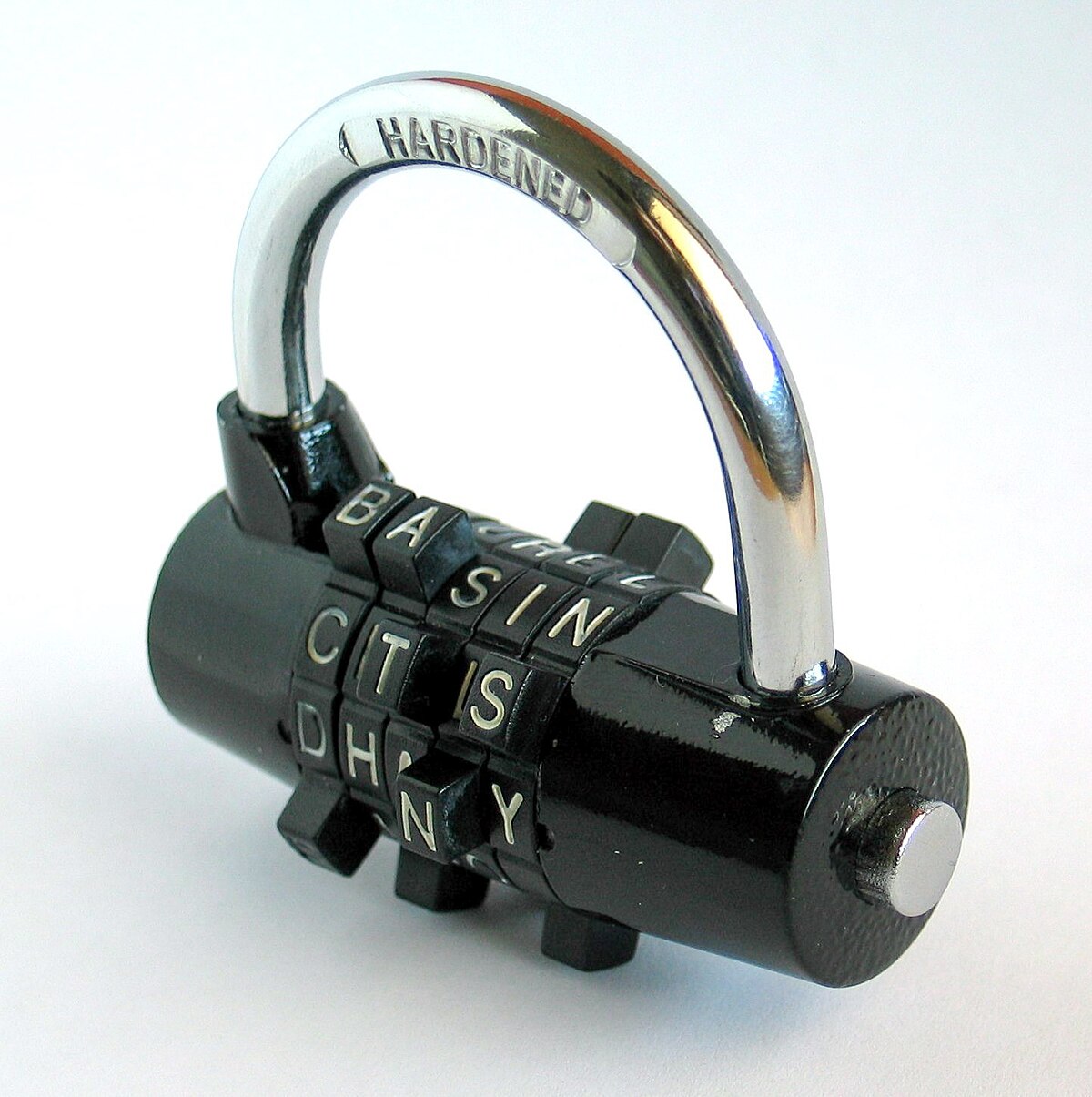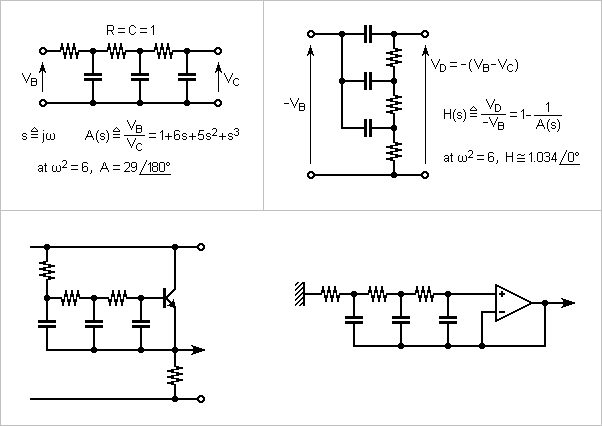1. Introduction to Combination Locks
A mixture secure is a kind of sealing mechanism that will require a particular routine of numbers, letters, or designs to be inputted in the right get to open it. combination lock These locks are frequently used in conditions where physical secrets could be unrealistic or vulnerable to loss. They give an easy way to protected products or areas without the need for a traditional key.
Mixture locks are adaptable in that they may be useful for a variety of purposes. From acquiring gym lockers and bicycles to safeguarding expensive products in briefcases or luggage, mixture locks have found their place in just about any place of society. The most popular types of mixture locks use a twisting dial or electronic keyboard, but additionally there are modifications that use more complex techniques, including biometric scanners.
2. How Do Combination Locks Work?
A mix secure performs predicated on a concept of aligning internal parts that enable a mechanism to produce when the right routine of inputs has been made. The internal parts vary with regards to the form of mixture lock. Nevertheless, combination lock the general mechanism requires a series of tumblers or wheels that are aligned in a particular way through the input of numbers or symbols.
Physical Mixture Locks:
- Spinning Dial Locks: They’re possibly the most renowned form of mixture lock. They have a revolving dial that consumers turn in specific recommendations (left and right) while ending at predetermined numbers. Each number fits to a particular position that aligns the interior systems, letting the secure to open.
- Wheel or Tumbler Locks: Inside these locks, there are several twisting wheels, each with a series of notches. An individual inputs a mixture that triggers these notches to arrange with a flag or handle within the lock. Once aligned, the mechanism releases and the secure opens.
Electronic Mixture Locks:
- Keyboard Locks: Rather than turning a face, combination lock electronic mixture locks use a keyboard where consumers push a series of numbers to open the device. These locks may need numerous inputs inside a set timeframe or permit longer passcodes.
- Biometric Mixture Locks: These locks use advanced engineering like fingerprint scanners, retina reading, or face recognition coupled with a mixture signal for added security.
The major advantage of mixture locks is that they don’t need physical secrets, which can be missing or duplicated. So long as the right mixture is known, combination lock the secure can be opened easily.
3. Types of Combination Locks
There are numerous types of mixture locks, each designed for specific uses. The most common forms contain:
Physical Mixture Locks
- Dial Locks: They’re traditional mixture locks, most frequently found on lockers, gates, and safes. They feature a revolving dial with numbered steps that consumers turn in a particular direction.
- Lever and Pin Locks: These locks use numerous twisting wheels or discs to stop the action of a flag or lever. The mixture opens the discs and enables the pin or handle to move.
- Padlocks: These little, lightweight locks usually feature a revolving dial mechanism. They can be utilized for acquiring gates, lockers, or bicycles.
Electronic Mixture Locks
- Keyboard Locks: They’re locks that require entering a series of numbers on a digital keypad. They’re often used in high-security purposes such as for example opportunities to commercial buildings, vaults, and actually some house safety systems.
- Fingerprint Mixture Locks: These locks use biometrics, combining the user’s fingerprint with a numeric mixture to allow access. They’re commonly used in advanced safety systems.
- Clever Locks: Clever mixture locks incorporate with smartphone applications, enabling consumers to open opportunities or safes making use of their devices as well as entering a combination.
Specialty Mixture Locks
- Time-Release Mixture Locks: Usually used in vaults, these locks start following a preset period, ensuring that actually when someone understands the mixture, they can’t accessibility the secure before specified time has passed.
- Dual-Mode Locks: These locks need equally a mixture and a real key. They feature one more coating of safety, ensuring that even when the mixture is known, the secure can not be opened without the key.
4. The History of Combination Locks
The thought of the mixture secure dates back to ancient instances, with the very first known recommendations showing about 4000 years ago in Egypt. Early locks, however, were basic and operated more like easy physical units as opposed to the innovative mixture locks we use today.
The modern mixture secure was produced in the mid-19th century. In 1850, Linus Yale Jr., an American locksmith, patented the very first mixture secure mechanism which used twisting discs. This design laid the inspiration for the types of locks that would eventually rule the market.
In the 20th century, breakthroughs in engineering caused electronic and digital mixture locks. The development of keypads and, later, biometric programs further enhanced the safety and simplicity of mixture locks. These improvements were especially important in commercial settings, where larger quantities of safety were required to guard important goods or data.
5. Applications of Combination Locks
Mixture locks have a wide selection of applications. Guidelines some of the most popular employs:
Particular Safety:
- Gym Lockers: Gym people frequently use mixture locks to protected their particular belongings while they perform out.
- Suitcases and Baggage: Many people use mixture locks to protected their luggage and reduce theft during transit.
Industrial and Professional Use:
- Storage Lockers: Organizations usually provide mixture locks for staff lockers, especially in settings like practices or manufacturing plants.
- Vaults and Safes: Mixture locks are standard in high-security areas like bank vaults and safes, where physical secrets are also risky or impractical.
Residential Safety:
- Opportunities and Gates: Mixture locks are useful for house safety, including storage opportunities, front gates, and other entry points.
- Sheds and Outdoor Storage: People use mixture locks for acquiring garden sheds or outside storage areas.
Academic Institutions:
- Lockers: In colleges, students usually depend on mixture locks for acquiring their lockers and particular items.
6. Advantages and Disadvantages of Combination Locks
Like any safety alternative, mixture locks come with equally advantages and disadvantages.
Advantages:
- No Keys Needed: The lack of an integral combination lock removes the chance of dropping it or having it stolen.
- Ease of Use: Mixture locks are usually straightforward to work, especially dial-based types that can be easily opened with practice.
- Safety: When applied precisely, mixture combination lock locks provide a solid level of security. For high-security locks, the difficulty of the mixture will make them hard to crack.
Disadvantages:
- Forgotten Combinations: One of many biggest downsides to mixture locks is the chance of neglecting the mixture, which could ensure it is hard or difficult to start the lock.
- Vulnerability to Tampering: While mixture locks are usually protected, they can often be bypassed by innovative techniques, especially once the mixture is straightforward to guess.
- Confined Alternatives for Complexity: Physical mixture locks have a small selection of combinations, making them susceptible to brute-force episodes if the mixture is weak.
7. How to Choose the Right Combination Lock
Choosing the right mixture secure depends on the purpose it is supposed for. Below are a few facets to take into account:
Safety Stage:
- High-Security Needs: For important combination lock stuff like safes, vaults, or storage in high-risk settings, choose a secure with a long mixture, and contemplate employing a dual-mode process with equally a mixture and a key.
- Low-Security Needs: For informal use, such as a gym locker or luggage, an easier dial or electronic secure should suffice.
Ease of Use:
- Consider an individual knowledge, combination lock specially if numerous people is going to be using the lock. A secure with a large, easy-to-read dial or keyboard could be best in these cases.
Durability and Weather Weight:
- If the secure may come in contact with the elements, such as for example for outside gates or bicycles, try to find locks produced from weather-resistant components like stainless steel.
8. Common Issues and Troubleshooting
Some common issues with mixture locks contain:
- Trouble Opening: If the mixture secure isn’t starting, maybe it’s as the numbers weren’t joined precisely, or the secure may must be reset. Make certain that you follow the mixture method carefully.
- Frozen Secure: If the secure is subjected to excessive weather conditions, it may freeze or become hard to operate. In this instance, using a lubricant or anti-freeze alternative may help.
- Forgotten Mixture: If you your investment mixture to a secure, many producers provide a recovery method involving evidence of buy and a sequential number. Nevertheless, some mixture locks have reset capabilities, therefore it’s important to help keep the initial mixture safe.
9. Conclusion
Mixture locks remain a reliable, effective, and protected way to guard particular property, sensitive products, and actually whole buildings. Using their simplicity, success, and wide variety of purposes, mixture locks have evolved considerably as time passes and stay an important safety software in contemporary society. Whether for private, commercial, or commercial use, these locks provide peace of mind and ease, making them an enduring part of the safety landscape.











Leave a Reply